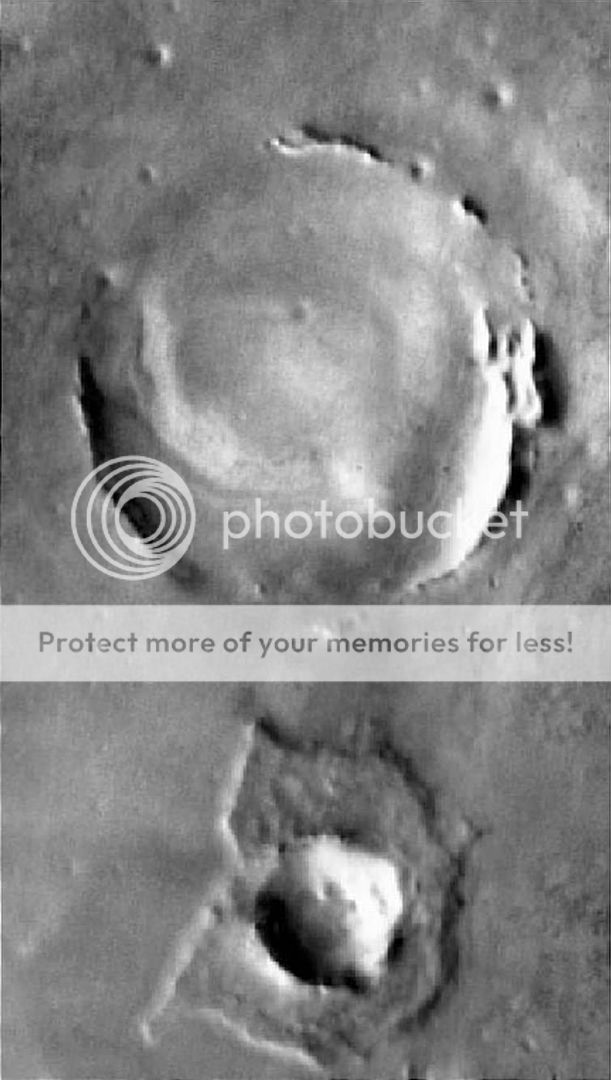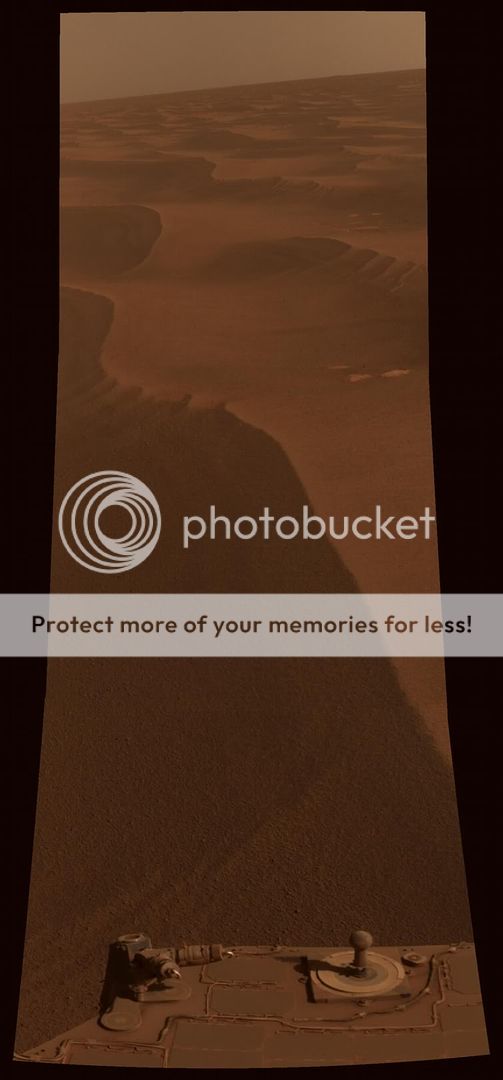NASA's Mars Rovers Set Longevity Record On The Red Planet;
Satellite Interviews With Expert Available
PASADENA, Calif. -- NASA's Mars Exploration Rover Project will pass a historic Martian longevity record on Thursday, May 20. The Opportunity rover will surpass the duration record set by NASA's Viking 1 Lander of six years and 116 days operating on the surface of Mars. The effects of favorable weather on the red planet could also help the rovers generate more power.
NASA will offer live satellite interviews with Mars Exploration Project Manager John Callas of NASA's Jet Propulsion Laboratory, Pasadena, Calif. Interviews are available from 9:30 to 11:20 a.m. EDT on Thursday. To participate, reporters should contact Mark Petrovich at 818-393-4359 or Elena Mejia at 818-393-5467 by 8 p.m. EDT on Wednesday.
Opportunity's twin rover, Spirit, began working on Mars three weeks before Opportunity. However, Spirit has been out of communication since March 22. If it awakens from hibernation and resumes communication, that rover will attain the Martian surface longevity record. Spirit's hibernation was anticipated, based on energy forecasts, as the amount of sunshine hitting the robot's solar panels declined during autumn on Mars' southern hemisphere. Unfortunately, mobility problems prevented rover operators from positioning Spirit with a favorable tilt toward the north, as during the first three winters it experienced.
The rovers' fourth winter solstice, the day of the Martian year with the least sunshine at their locations, was Wednesday, May 12. Opportunity, and likely Spirit, surpassing the Viking Lander 1 longevity record is truly remarkable, considering these rovers were designed for only a 90-day mission on the surface of Mars," Callas said. "Passing the solstice means we're over the hump for the cold, dark, winter season."
Unless dust interferes, which is unlikely in the coming months, the solar panels on both rovers should gradually generate more electricity. Operators hope that Spirit will recharge its batteries enough to awaken from hibernation, start communicating and resume science tasks.
Unlike recent operations, Opportunity will not have to rest to regain energy between driving days. The gradual increase in available sunshine will eventually improve the rate of Opportunity's progress across a vast plain toward its long-term destination, the Endeavour Crater.
http://www.nasa.gov/home/hqnews/2010/ma ... ecord.html
Thursday's interviews will be conducted on the NASA TV Live Interactive Media Outlet Channel and carried live on the NASA TV Public Channel. For NASA TV coordinates and downlink information, visit:
http://www.nasa.gov/ntv
JPL manages the Mars rovers for NASA's Science Mission Directorate in Washington. For more information about the rovers, visit:
http://www.nasa.gov/rovers


















































